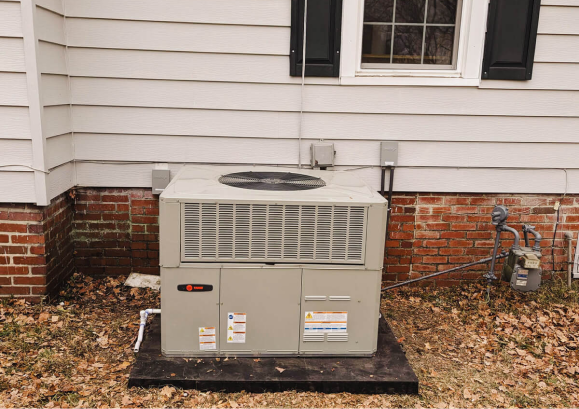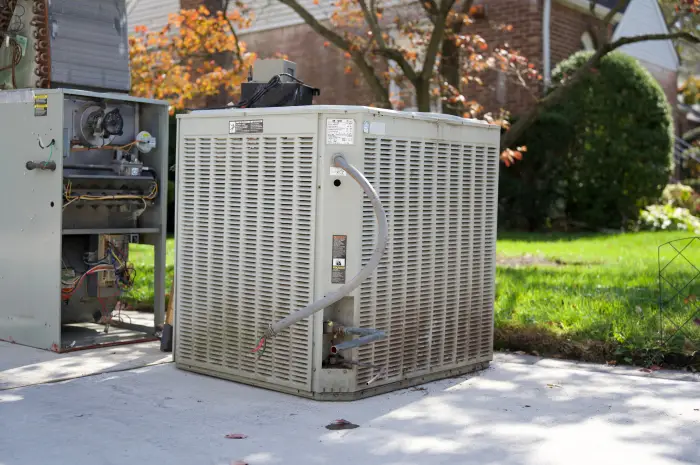When most people think of comfort in their homes, they picture the right temperature and maybe a cozy couch. But there’s a silent factor playing a huge role in your daily comfort, your family’s health, and even the condition of your home itself: indoor air quality.
One of the biggest contributors to poor indoor air quality is humidity imbalance. Too much moisture in the air can lead to mold, dust mites, and musty odors, while air that’s too dry can cause skin irritation, respiratory issues, and static electricity. Striking the right balance is essential, not just for comfort, but for health and safety.
Why Humidity Matters for Indoor Air Quality
Humidity is essentially the amount of water vapor present in the air. Ideally, indoor humidity levels should stay between 30% and 50%. When levels drift outside this range, several issues can arise:
- Excess humidity can lead to mold growth, which releases allergens and irritants into the air. It also creates a breeding ground for bacteria and dust mites.
- Low humidity, on the other hand, can dry out your skin, irritate your respiratory system, and aggravate allergy or asthma symptoms.
This is where understanding and managing humidity becomes crucial to maintaining high-quality indoor air.
Signs Your Home Has a Humidity Problem
Here are some red flags that your humidity levels might be out of balance:
- Condensation on windows
- Warped wood or peeling paint
- Persistent musty smells
- Static shocks or overly dry skin
- Frequent allergy flare-ups
If any of these sound familiar, your home’s indoor air quality may be suffering.
How to Control Humidity in Your Home
1. Install a Whole-Home Humidifier or Dehumidifier
Attyx offers indoor air quality services that include the installation of humidifiers and dehumidifiers. These systems work in tandem with your HVAC system to regulate moisture levels throughout your entire home automatically.
2. Use Exhaust Fans Wisely
Bathrooms, kitchens, and laundry rooms produce a lot of moisture. Running exhaust fans during and after activities like showering or cooking helps prevent moisture from building up and impacting your home’s air.
3. Seal Air Leaks
Leaks around windows, doors, and ductwork can allow excess humidity to seep in or out. Sealing these areas helps you maintain a more stable and controlled indoor environment.
4. Maintain Your HVAC System
Regular maintenance ensures your HVAC system is doing its job in managing airflow and humidity. Dirty filters, clogged condensate lines, or poorly calibrated systems can all hinder performance and affect air quality.
5. Consider an Indoor Air Quality Assessment
If you’re not sure what your humidity levels are or how to fix them, a professional assessment can provide clarity. Attyx offers expert evaluations and indoor air quality services that identify the exact needs of your home.
Benefits of Proper Humidity Control
- Improved Health: Reducing allergens and airborne irritants supports better respiratory health.
- Home Protection: Prevents mold growth, structural damage, and deterioration of wood surfaces.
- Greater Comfort: Balanced humidity makes your home feel warmer in winter and cooler in summer.
- Energy Efficiency: When your home is properly humidified, your HVAC system doesn’t have to work as hard.
Trust the Experts at Attyx Mechanical
Managing indoor humidity is one of the most effective ways to improve your indoor air quality and protect your family’s well-being. At Attyx, we specialize in comprehensive indoor air quality services tailored to your home’s unique needs. From installing humidity control systems to performing in-depth air quality assessments, our team is here to help you breathe easier—literally.
Ready to take control of your home’s humidity? Contact Attyx today and schedule your air quality consultation.





